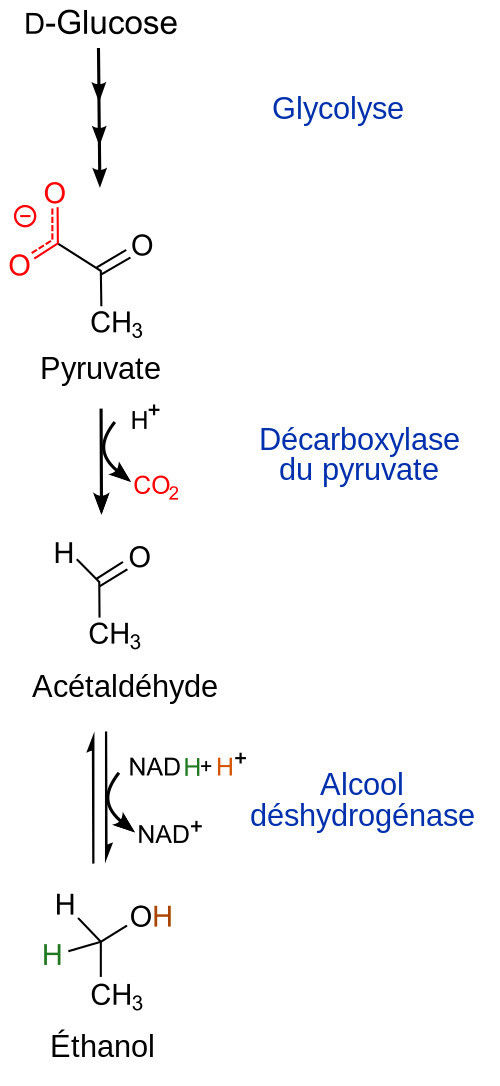Fermentation
The wort is pumped into into large tanks where it will ferment for about ten days. The yeast and sugar maltose act as agents to convert the wort into ethyl alcohol and carbon dioxide. This is the main fermentation.
A thick layer of foam forms on the surface of the vessels which shows the intense activity of the yeast. The wort can now be called "beer".
Beers can be classified in three categories:
- The bottom-fermented beers
- The top-fermented beers
- The beers of spontaneous fermentation
- Mixed fermentation beers
These categories do not indicate the degree of alcohol. A top fermentation beer is not necessarily stronger in alcohol than a lager and vice versa. ‘Top’ and ‘bottom’ fermentation indicates the temperature or the fermentation process.
Bottom fermentation
Bottom fermented beers are brewed using the decoction method. These beers ferment for about 7 to 10 days at cool temperatures between 6 and 10 ° C. Yeast (Saccharomyces uvarum) settles at the bottom of the tank.
Beers such as "Lager", "Bockbier" and Vienna are bottom-fermented beers.
Top fermentation
Top fermented beers are generally brewed using the infusion method. The fermentation takes place over 3 to 5 days at a warm temperature between 15 and 20 ° C. Yeast (Saccharomyces cerevisiae) forms a foam on the surface of the beer and it is removed by skimming. Top-fermented beers generally have a darker color than lager beers. Most "special" beers are top-fermenting (wheat beer, stout, ale, bitter, Trappist, etc.).
Spontaneous fermentation
This term applies to certain Belgian beers like Gueuze, Kriek, Lambic, etc..
Unlike top or bottom fermentation beers yeast is not added to the wort. The wild yeast needed for fermenting lambic are found in the air of the Brussels area (approx. 30 km around Brussels). While the wort is cooling it is exposed to the air to inoculate it with wild yeast and bacteria. Afterwards it is transferred into large oak barrels. The fermentation can range from 1 to 3 years.
The fermentation is triggered by organisms (Brettanomyces bruxellensis) which are in the air and the so-called inoculation will start the yeasting process of the wort. At the end of fermentation the wort is called lambic.
Mixed fermentation
To make a mixed fermentation, one must first a beer of high fermentation. It is then stored in oak barrels for at least a year and a half. This preservation leads to an acidification of the beer, a little like a spontaneous fermentation. This process comes from the flora present in the wooden barrels. The result gives a beer watch or Old Beer. It can be sold as it is, but some brewers mix it with "young" beer.
Mixed fermentation remained for a long time the only brewing style used in West Flanders.
Delivery by the Swiss post or Drive-In (Pick up orders directly at the shops in St-Légier or Aigle)


Secure online payment




We answer to all your questions by phone on 021 943 51 81 or by mail at info@amstein.ch concerning order, delivery or product problems.
For questions relating to the website (connection issues, bad display, ...), please write us at eshop@amstein.ch.











